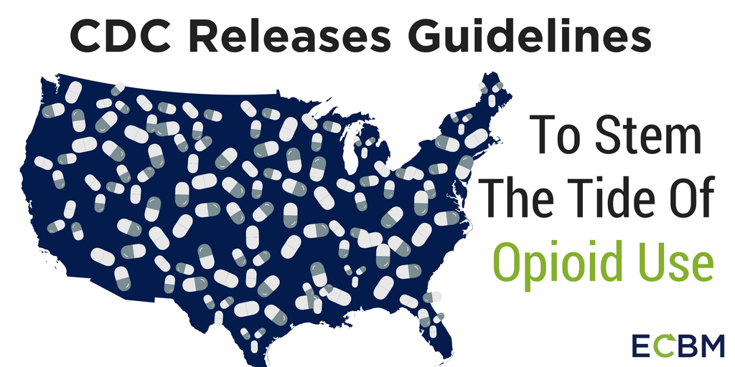 Opioid prescriptions and opioid abuse have the potential to substantially increase workers’ compensation costs for companies. Opioids lead to addictions and can increase the amount of time an employee cannot work.
Opioid prescriptions and opioid abuse have the potential to substantially increase workers’ compensation costs for companies. Opioids lead to addictions and can increase the amount of time an employee cannot work.
As a result, companies have moved to different pain management techniques to avoid the prescription of painkillers, including a greater focus on techniques like physical therapy and the use of pharmacy benefits managers to institute strict guidelines for drug prescriptions.
More Steps Taken At Local And Nationwide Levels To Control The Number of Opiods Prescribed
At the same time, state governments have acted in a similar way - enacting drug treatment guidelines for the use of opioids aimed at reducing the amount of opioids prescribed. By now, almost all states have issued guidelines to be used in general practice or worker’s compensation cases specifically to limit the number of opioid prescriptions given by doctors. The federal government has stepped in, too, with the Food and Drug Administration requiring opioids to carry a black box warning on addiction and the Center for Disease Control issuing its own prescription guidelines.
New CDC Guidelines For Opioid Use
The Center for Disease Control guidelines offer a particularly useful case study, as they exemplify many of the strategies used at smaller levels to create best practices. The CDC extensively reviewed existing studies on the effective of opioid treatment for pain as compared to other treatment methods as well as the risks created by the use of prescription opioids. Its guidelines are well-supported by medical studies.
Evaluating Need And Education On Use
The Center for Disease Control guidelines have slightly different guidelines for acute versus chronic pain. The guidelines for chronic pain focus mostly on educating patients before beginning opioid treatment and creating goals for pain management improvement through that use, with the doctor stopping opioid treatment if those goals are not met. The guidelines also, though, provide some specific recommendations on dosage amounts and treatment schedules.
One of the more specific CDC guideline states that doctors should focus on trying to issue prescriptions for no more than seven days, and ideally for less than three days when dealing with acute pain issues.
Ideally, a decrease in the amount of prescriptions issued for more than seven days will help decrease the number of opioid addictions resulting from valid prescriptions for acute pain. Another guideline advises physicians to begin patients with immediate release prescriptions as opposed to extended release or delayed release medications and that extended release opioids should never be prescribed for managing acute pain.
Using Types And Combinations Of Drugs More Carefully
Studies have shown that extended release opioid prescriptions are more likely to lead to overdoses while they do not have an increased effectiveness at managing acute pain. Additional guidelines advise doctors to only prescribe the lowest effective dose of opioids where possible and to avoid prescribing benzodiazepines along with opioids.
As everyone involved moves to combat the opioid epidemic plaguing many parts of this country, the CDC guidelines represent good science-based means for limiting both the number of people receiving opioid prescriptions and limiting the number of those people receiving prescriptions who turn into future addicts. Brian Chance VP of Claims and Services at ECBM suggests, "Companies should be engaged in discussions with their workers compensation administrators to apply best practices when it comes to opioid issues within their workers compensation framework."



